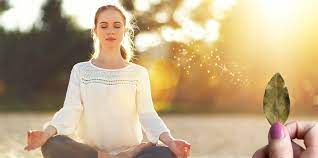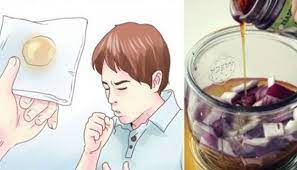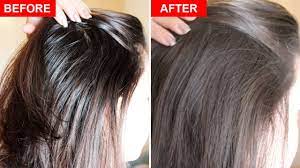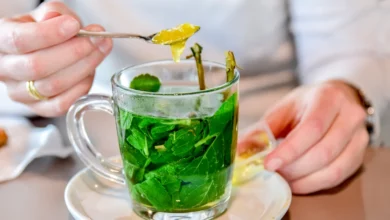A common problem for both men and women, stretch marks are stubborn and tend to have an effect on people’s confidence. Whether it’s due to pregnancy or sudden weight gain, this is one beauty woe that can be commonly seen on the waist, thighs, lower backs, hips, breasts, arms, and buttocks.
Typically, stretch marks appear as bands of parallel lines on your skin. These lines are a different color and texture than your normal skin, and they range from purple to bright pink to light gray. They occur when the dermal layer of the skin is suddenly stretched, as in the case of pregnancy. The dermis has strong, inter-connected fibers that let your skin stretch as your body grows. Sudden weight gain results in the skin overstretching and the fibers breaking which ultimately causes stretch marks. When the dermis tears, the blood vessels under the skin show, making the stretch marks appear red or purple initially. Later, when the blood vessels get smaller, the pale-coloured fat under your skin becomes visible; and the marks turn silvery-white in colour. While they aren’t an indication of ill health, there are a number of natural remedies that can help lighten and get rid of stretch marks.
New Delhi-based consultant dermatologist and dermatosurgeon, Dr Pooja Chopra, says, “Striae or stretch marks are depressed lines or bands of thin reddened skin which later become white, smooth, and shiny. These occur on the stomach during pregnancy, and on the breasts after lactation. They are common in those who have suddenly gained weight or muscle mass (bodybuilders and weight lifters). They occur on thighs, buttocks, knees, and elbows in children during the growth spurt of puberty, and are also the result of certain medical conditions like Cushing’s syndrome.”
Causes of stretch marks
1. Pregnancy
Most women develop stretch marks during pregnancy as the fibers in the skin become soft and stretch, making room for the developing baby. As the baby grows, stretch marks appear on the tummy, thighs and breasts due to the continual tugging and stretching.
2. Puberty
open next page to continue reading….




